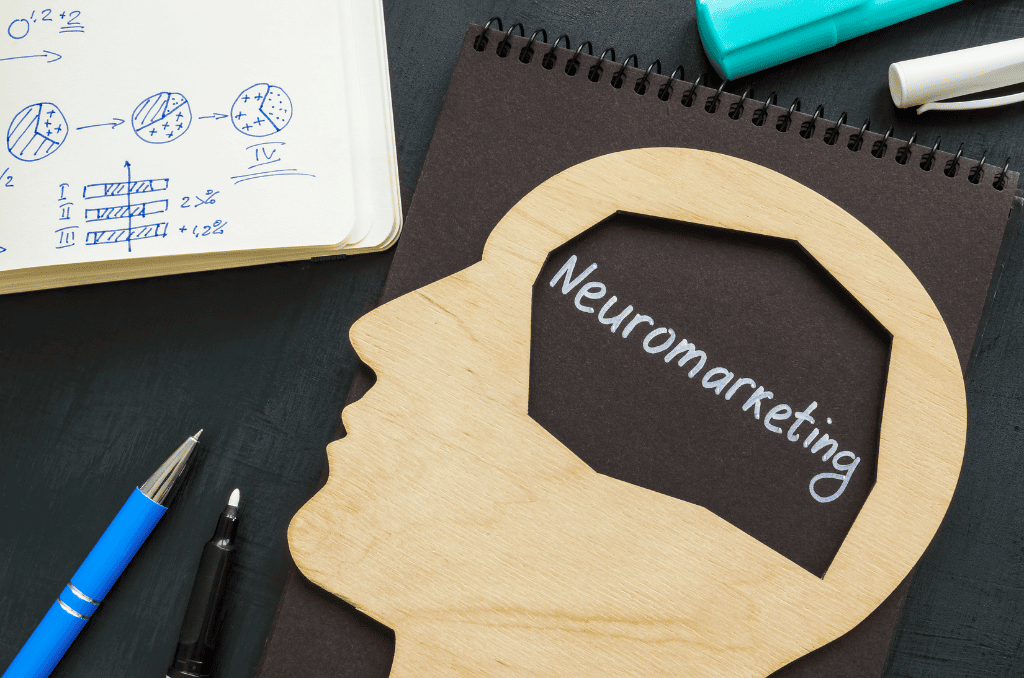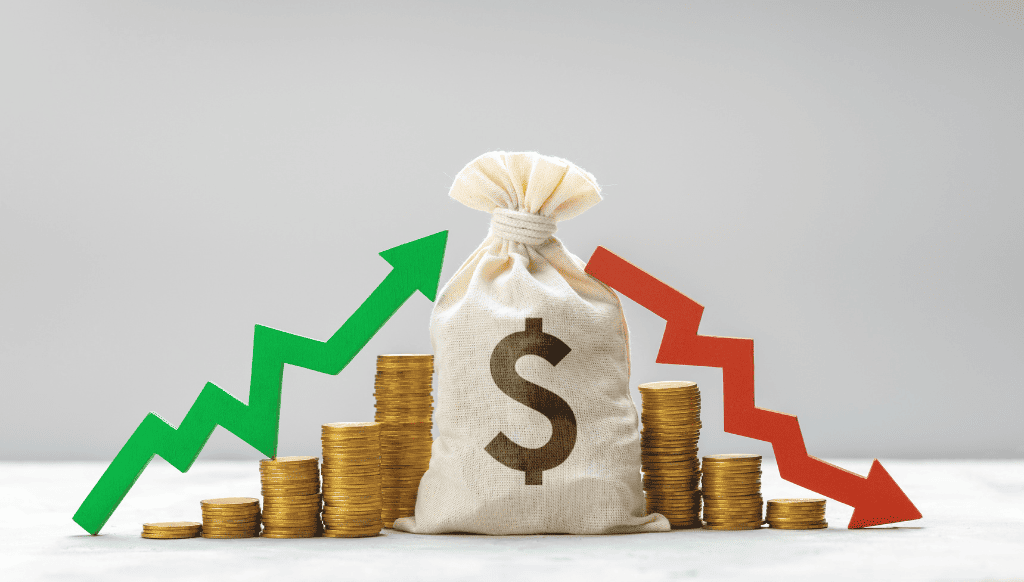Understanding the Funnel as a Marketing Modeling Exercise
For years, marketing has tried to turn the human decision-making process into a predictable sequence of steps. It was given a name —funnel— and represented with a geometric shape: wide at the top, narrow at the bottom. Visitors entered, and clients emerged—albeit in smaller numbers, obviously.
The problem is that this vision, as comforting as it may be, doesn’t hold up to reality. It needs to be seen for what it is…
“The funnel is a marketing modeling exercise designed to represent, in a comprehensible and manageable way, the complete process of market access: from identifying an accessible audience, to impacting them with the right communication at each stage, and finally—ideally—converting them into customers.”
The concept remains fully relevant. The issue is that decision-making processes are not linear.
The Myth of Control, or Data vs. Judgment
Funnel thinking is based on an illusion of control. We believe that if we measure every touchpoint, we can manage conversion as if it were an assembly line: optimize clicks, reduce friction, automate responses.
Data are not just valuable—they are the fuel without which our analysis and conversion process cannot start. The problem arises when we confuse data with understanding. Measuring without comprehension leads to reflex-driven marketing, leaving intentionality aside.
Tools have made us efficient, but not necessarily intelligent. Increasingly, strategies are designed by looking at dashboards, not people.
The Soulless Mechanics of Digital Marketing
Today, many marketing plans seem designed to please algorithms rather than users. Everything is A/B tested, automated, and scaled.
But the relationship between brand and person isn’t measured in open rates or CTRs—it’s measured in perception, trust, and relevance.
The funnel mechanizes interaction: it assumes the customer moves through predictable stages (discovery → consideration → decision). The reality is that consumers enter and exit the process, compare options, pause, contradict themselves. Sometimes they backtrack; sometimes they disappear.
We try to impose patterns on human behavior, yet there is always something random that resists measurement.
The False Debate of the “End of the Funnel”
In recent years, it has become trendy to claim that “the funnel is dead.” The phrase sounds provocative, but it misrepresents the phenomenon.
The argument goes that consumers interact with brands through multiple touchpoints, non-sequentially, with fragmented attention. It is also said that the emergence of new channels—TikTok, Twitch, or shorts—has caused some stages to blur or even disappear.
But that does not mean the funnel is dead. What actually happens is that certain stages accelerate to the point of resembling an ellipsis.
Instant attention and immediate desire replace the slow journey, but the process still exists. It just occurs at a different speed.
“It’s not the end of the funnel, but the urgency of a hyper-competitive world to compress the decision-making process.”
That a TikTok video can shape a purchase decision no longer surprises anyone; it has simply become another asset within the same process.
The funnel does not disappear: it deforms, curves, compresses… but it is still there.

What Neuromarketing Reminds Us
The brain doesn’t follow a funnel—it follows impulses, associations, and emotions that are activated differently at each stage of the process. Understanding this allows us to reinterpret the funnel from a biological perspective.
1. Attraction (Top of Funnel): curiosity and dopamine
At this first stage, the goal is to capture attention.
Neurologically, the dopaminergic system is activated, responsible for curiosity and reward anticipation. Visual stimuli, contrast, novelty, or the promise of discovery trigger small dopamine releases, priming the brain to explore further.
That’s why messages that surprise or break patterns are more effective here than purely informative ones.
2. Consideration (Middle of Funnel): evaluation and trust
When the user begins comparing options, emotion gives way to the limbic system and prefrontal cortex, where judgments and more rational decisions are processed.
Here, what is activated isn’t desire, but the need for validation: we seek signals of credibility, consistency, and security.
Testimonials, social proof, and visual coherence reduce uncertainty and activate the trust circuit. At this stage, it’s about reinforcing what has already been gained and expanding contact.
3. Decision (Bottom of Funnel): relief and reward
At the final stage, the brain seeks to close the emotional loop.
When a decision is made, the limbic system releases dopamine and oxytocin, creating a sense of achievement and belonging. Marketing’s role here isn’t to push, but to facilitate relief—the “it’s done” feeling—by removing friction and conveying post-decision security.
What works here are confirmation messages, positive reinforcement, and a sense of guidance. That final nudge is essential.
4. Loyalty (Post-Funnel): memory and emotional bond
The brain remembers experiences better when associated with positive or unexpected emotions.
The challenge isn’t just retaining customers, but staying in their emotional memory.
Personalized experiences, sincere recognition, or positive surprises activate the hippocampus and strengthen the emotional connection to the brand.
Understanding Before Automating
The funnel can still be useful, but as an ordering tool, not a thinking model. Before activating campaigns or automation flows, we must ask:
- What truly motivates my customer?
- What holds them back, irritates them, or builds trust?
- How do they make decisions in real-world contexts, not idealized scenarios?
Data can show behaviors, but only qualitative observation explains the why behind those behaviors. And that why is the difference between segmenting by habit or inertia and connecting with meaning.
Marketing That Remembers We’re Talking to People
The funnel was never intended to be an exact representation of reality; it’s a modeling tool. Its purpose was to help us break down market complexity into comprehensible stages, guiding actions and better understanding the potential customer relationship. Over time, however, many mistook it for actual human behavior.
Too many “gurus” rush to bury the concept—and replace it with their own version—with definitive statements, seeking visibility in the cyber world. And there we are, all squeezed in, fighting for an already overextended share of mind.
Automating without understanding the other turns marketing into a factory of impacts, not relationships. Returning to the human side doesn’t mean abandoning analytics—it means balancing it with empathy and sense.



